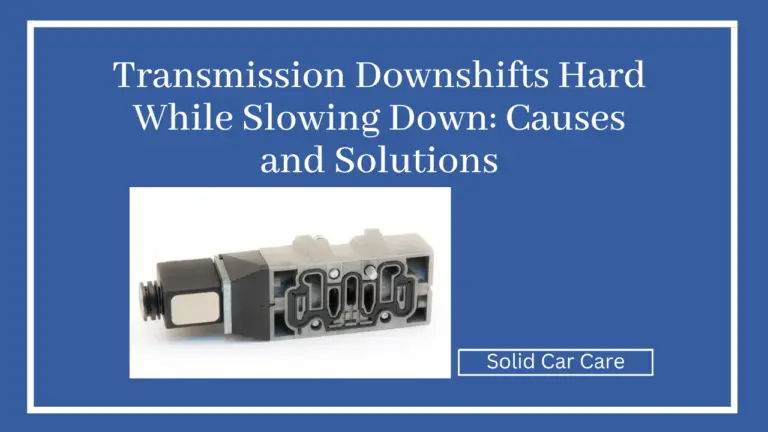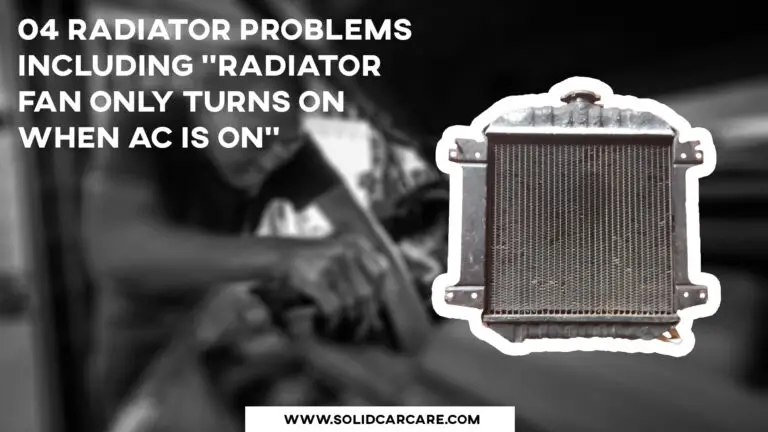Purge Valve Stuck Closed Symptoms; All You Need To Know
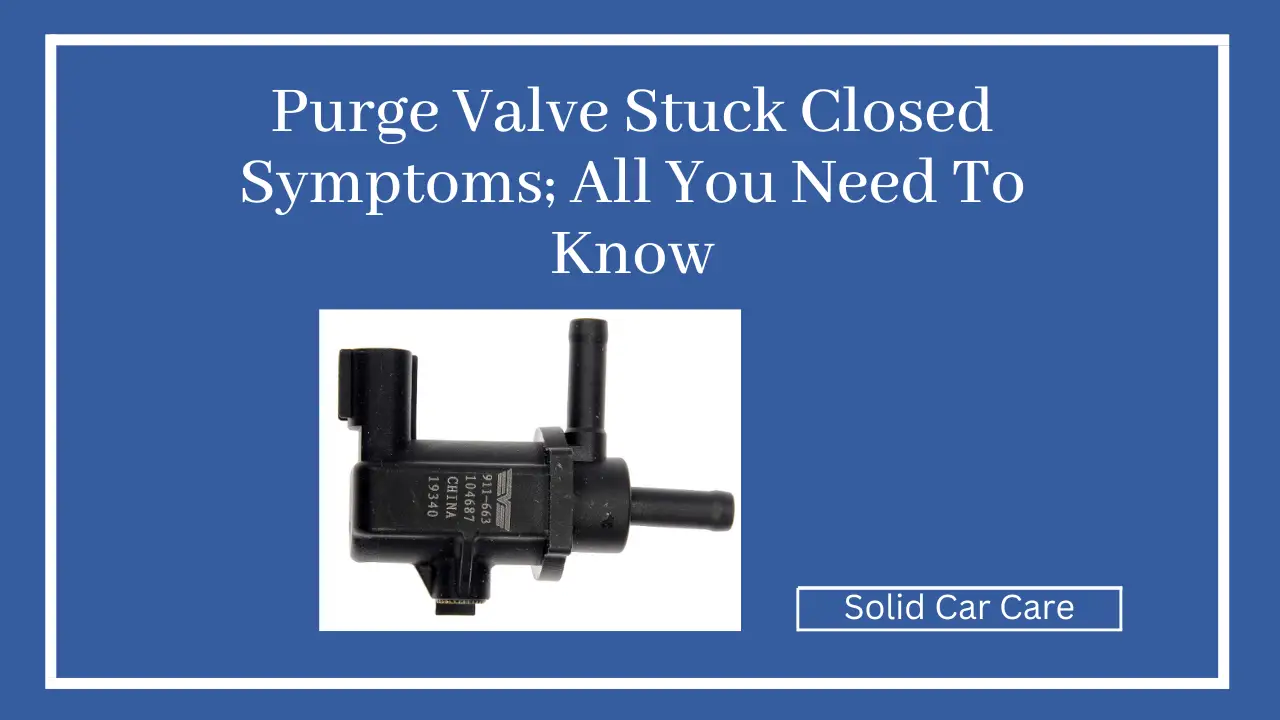
The purge valve is a critical part of the car’s emission control system, responsible for managing fuel vapors and ensuring environmental compliance. Understanding the symptoms of a stuck closed purge valve is crucial for maintaining optimal vehicle performance and reducing harmful emissions.
Table of Contents
- What is the Purge Valve, and what does it do?
- What are the symptoms of a Stuck Closed Purge valve?
- How to Diagnose and Fix a Stuck Closed Purge Valve?
- Is it safe to drive with a bad purge valve?
- Conclusion
What is the Purge Valve, and what does it do?
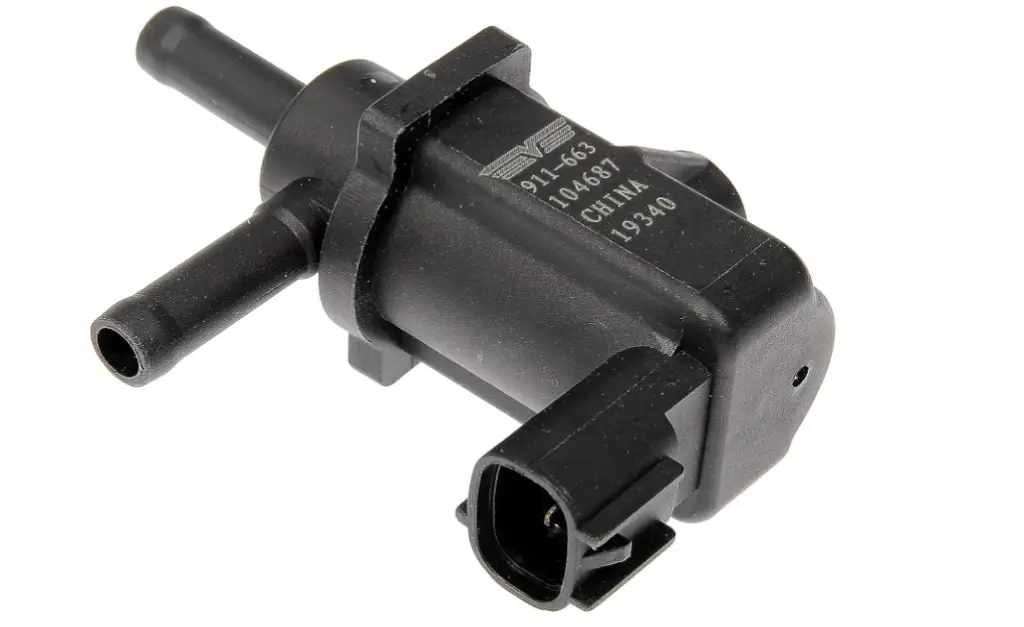
Before delving into the symptoms, let’s grasp the function of the purge valve. The purge valve is an integral part of the Evaporative Emission Control (EVAP) system in a vehicle.
Its primary task is to control the flow of fuel vapors from the fuel tank to the engine. When the engine is running, the purge valve opens, allowing the engine to consume the stored fuel vapors, preventing them from escaping into the atmosphere.
What are the symptoms of a Stuck Closed Purge valve?
A stuck closed purge valve disrupts the balance of the EVAP system, leading to various symptoms that affect both the car’s performance and the environment. Here are some uncommonly described symptoms:
Check Engine Light and Error Codes
One of the first signs of a stuck closed purge valve is the illumination of the dreaded check engine light on the dashboard. When the purge valve fails to open properly, it triggers specific error codes, such as P0443, P0444, or P0445, depending on the car’s make and model.
Decreased Fuel Efficiency
A malfunctioning purge valve can disrupt the fuel vapor flow, resulting in inefficient fuel consumption. Uncommonly described as “fuel vapor imbalance,” this issue leads to reduced fuel efficiency and increased trips to the gas station.
Rough Idling and Engine Performance Issues
As the purge valve plays a role in maintaining the correct air-to-fuel ratio, a stuck closed valve can cause rough idling and overall engine performance problems. The engine might hesitate or stumble during acceleration, leading to a lack of “harmonious propulsion.”
Evaporative Emission System Problems
A stuck closed purge valve causes the EVAP system to function improperly. It fails to capture and recycle fuel vapors, resulting in “environmental integrity breaches.” This contributes to air pollution and may lead to regulatory compliance concerns.
Purge Valve Symptoms Explained
solidcarcare.com
What does a bad purge valve sound like?
A bad purge valve may produce various sounds, such as a hissing or whistling noise, indicating a possible air leak in the EVAP system. Additionally, it can lead to rough idling, engine hesitation, or even a knocking sound when the vehicle is turned off.
These symptoms signal that the purge valve is malfunctioning and requires attention to restore optimal vehicle performance and emission control.
How to Diagnose and Fix a Stuck Closed Purge Valve?
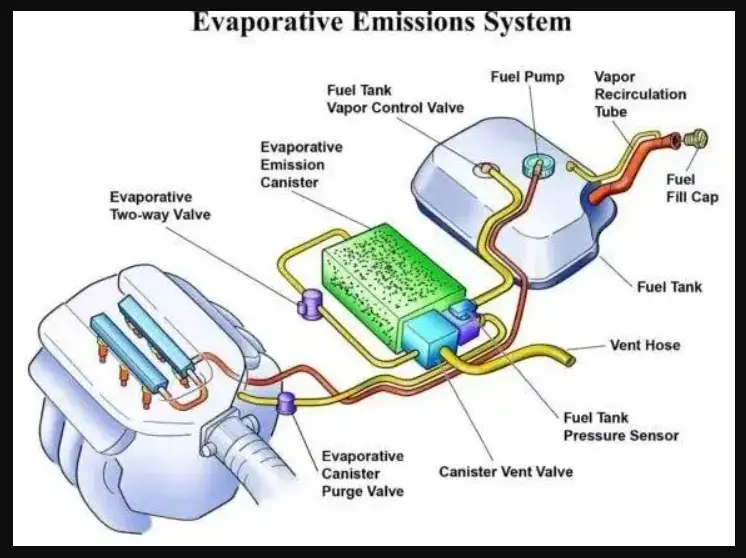
Diagnosing and addressing a stuck closed purge valve in your vehicle can be challenging, requiring technical expertise and specialized equipment. However, you can successfully identify and rectify the issue with the right approach to restore optimal performance. Here’s a step-by-step guide on how to diagnose and fix a stuck closed purge valve:
Step 1: Perform an Evaporative System Integrity Test
To begin the diagnosis, conduct an “evaporative system integrity test.” This test examines the EVAP system for any leaks or abnormalities affecting the purge valve’s performance.
The system is pressurized during this procedure, and any leaks or blockages are detected. Uncommonly described as “system hermeticity evaluation,” this test provides valuable insights into the condition of the EVAP system.
Step 2: Utilize a Smoke Machine Analysis
If the initial test doesn’t yield conclusive results, employing a “smoke machine analysis” can be immensely helpful. This procedure involves introducing a harmless, dense smoke into the EVAP system.
The smoke will reveal any leaks or obstructions by escaping through the faulty components, including the stuck closed purge valve. By observing the smoke’s movement, you can pinpoint the location of the issue.
Step 3: Confirm the Diagnosis
Once you’ve detected a stuck closed purge valve as the root cause of the problem, it’s crucial to confirm the diagnosis. Uncommonly described as “purge valve validation,” this step involves retesting and ensuring that the observed symptoms align with a malfunctioning purge valve.
Step 4: Replace the Malfunctioning Purge Valve
After confirming the diagnosis, the next course of action is to replace the faulty purge valve. Acquire a suitable replacement valve that matches your vehicle’s make and model specifications and requirements. Carefully follow the manufacturer’s guidelines to ensure a proper and secure installation.
Step 5: Perform a Purge Valve Relearn Procedure
After installing the new purge valve, it’s essential to carry out a “purge valve relearn procedure.” This step is critical to ensure that the new valve integrates seamlessly with the vehicle’s system. The relearn procedure recalibrates the system and allows it to adapt to the new component.
Step 6: Conduct Post-Repair Tests
Once the replacement and relearning procedures are complete, perform a series of post-repair tests. This ensures that the issue has been resolved and the vehicle functions optimally.
Check for error codes or warning lights; the repair process is complete if everything appears normal.
How to test a purge valve?
Testing a purge valve is essential to determine whether it is functioning properly or if it requires replacement. To perform the test, follow these steps:
Tools and Materials Needed:
- OBD-II scan tool (to read error codes, if applicable)
- Multimeter (optional for electrical testing)
Step-by-Step Testing Procedure:
- Prepare the Vehicle – Park the vehicle on a flat surface and turn off the engine. Make sure the parking brake is engaged and the transmission is in “Park” or “Neutral.”
- Access the Purge Valve – Locate the purge valve, which is typically located on or near the engine’s intake manifold or throttle body. Refer to your vehicle’s service manual for its exact location.
- Visual Inspection – Inspect the purge valve and its associated hoses for any signs of damage, wear, or leaks. Ensure that all connections are secure.
- Electrical Testing (If Applicable) – If your purge valve has electrical connections (some purge valves are only vacuum-operated), you can use a multimeter to check for voltage. Follow the manufacturer’s specifications to perform the test.
- Functional Test – Start the engine and let it idle. Listen for any unusual noises coming from the purge valve. A properly functioning purge valve should be relatively quiet. If you hear any hissing, whistling, or clicking sounds, it may indicate a problem.
- Vacuum Test – If you have a vacuum-operated purge valve, you can apply a handheld vacuum pump to the valve. Start the engine and apply the vacuum to the valve. The purge valve should close in response to the vacuum. Release the vacuum, and the valve should open again.
- Check Engine Light and Error Codes – If your vehicle’s check engine light is illuminated, use an OBD-II scan tool to retrieve any error codes related to the purge valve. Note the codes for further troubleshooting.
- Purge Valve Function During Driving – Observe the vehicle’s performance, including idle smoothness, acceleration, and fuel efficiency. A malfunctioning purge valve may cause rough idling, hesitation, or decreased fuel economy.
Interpreting Test Results:
- If the purge valve passes all tests and functions correctly, it is likely in good condition.
- If the purge valve fails tests or exhibits abnormal behaviour, it may be faulty and require replacement.
Note: If you are unsure about performing these tests or lack the necessary tools and knowledge, it is recommended to seek assistance from a qualified mechanic or automotive professional. They can comprehensively diagnose the purge valve and address any issues with precision.
Is it safe to drive with a bad purge valve?
Driving with a bad purge valve is generally not recommended. A malfunctioning purge valve can lead to several issues that may compromise the vehicle’s performance, fuel efficiency, and emission control. It could result in rough idling, engine hesitation, and decreased fuel efficiency. Additionally, a faulty purge valve may cause the check engine light to illuminate, indicating potential problems with the vehicle’s emissions system.
Driving with a bad purge valve may damage the vehicle’s components and potentially harm the environment. It is best to address the issue promptly by seeking professional assistance and getting the purge valve repaired or replaced.
solidcarcare.com
Conclusion
In conclusion, understanding the symptoms of a stuck closed purge valve is essential for maintaining a well-performing vehicle and reducing harmful emissions. Familiarizing oneself with uncommonly described issues helps car owners communicate effectively with mechanics and take prompt action to address the problem, ensuring both optimal vehicle performance and environmental responsibility.



